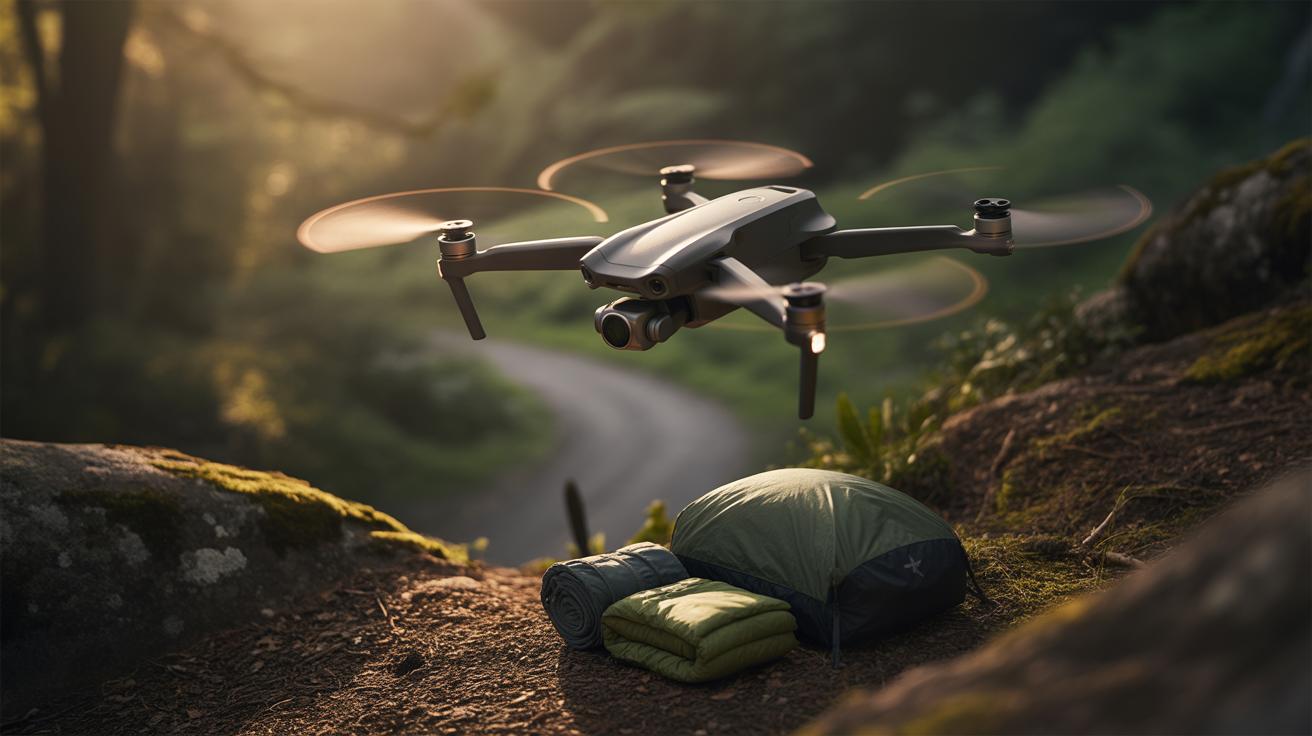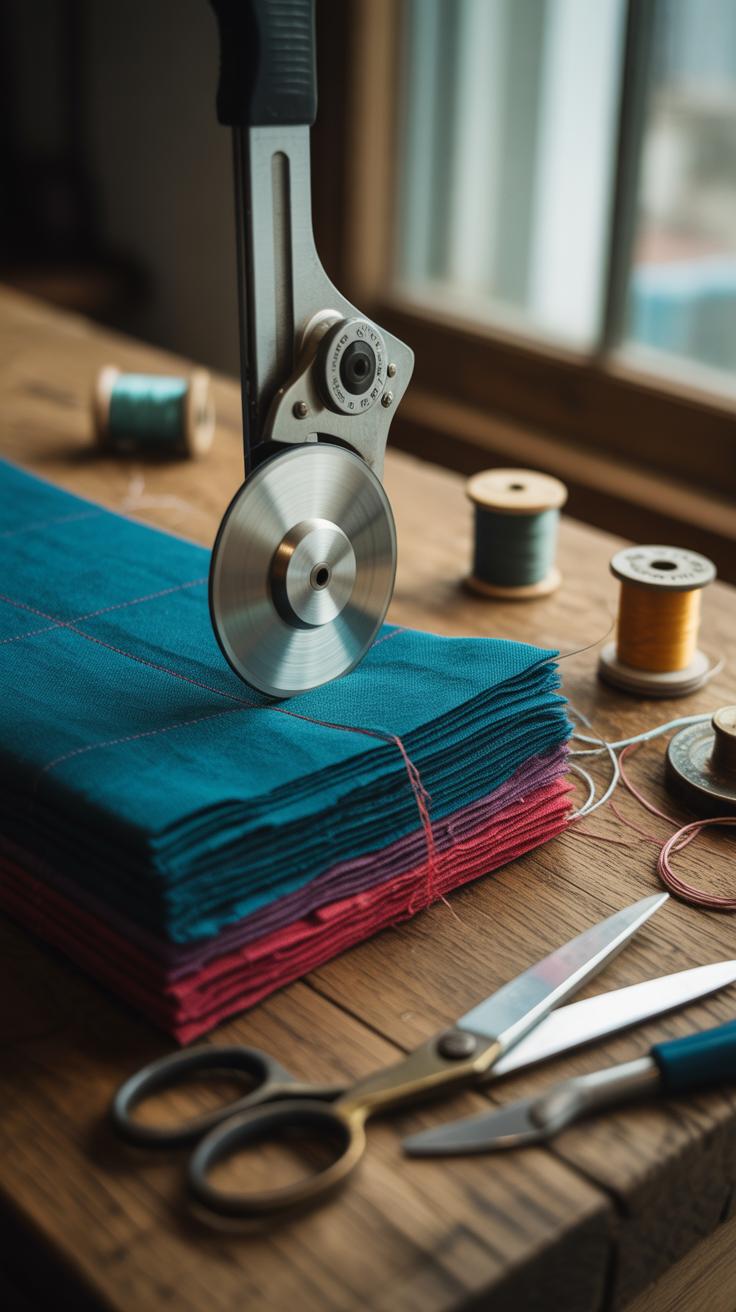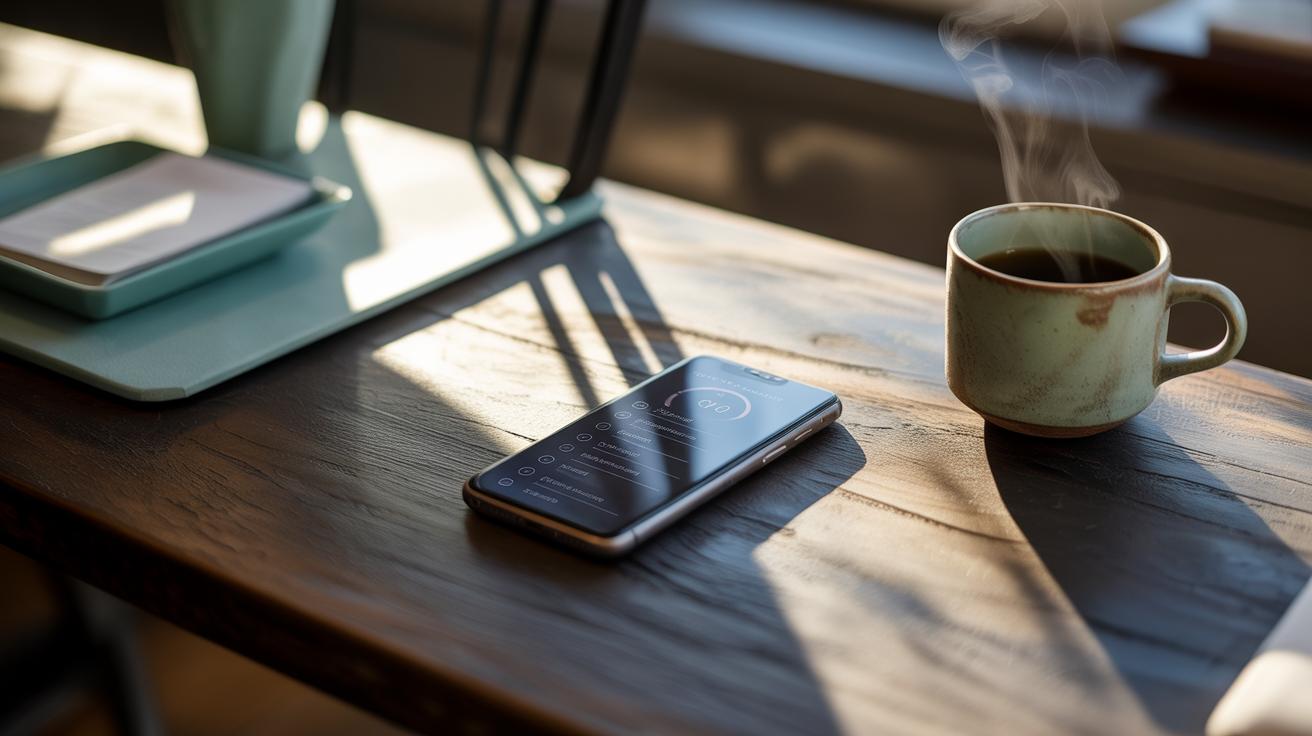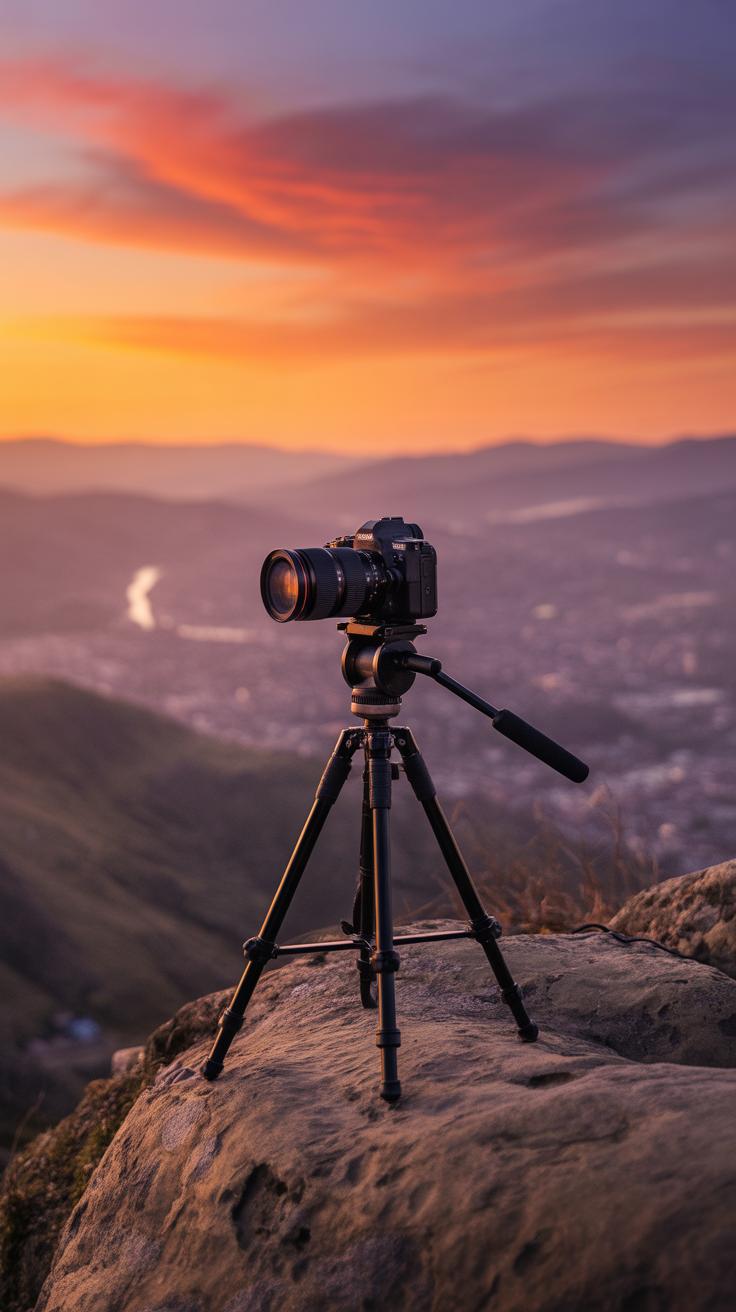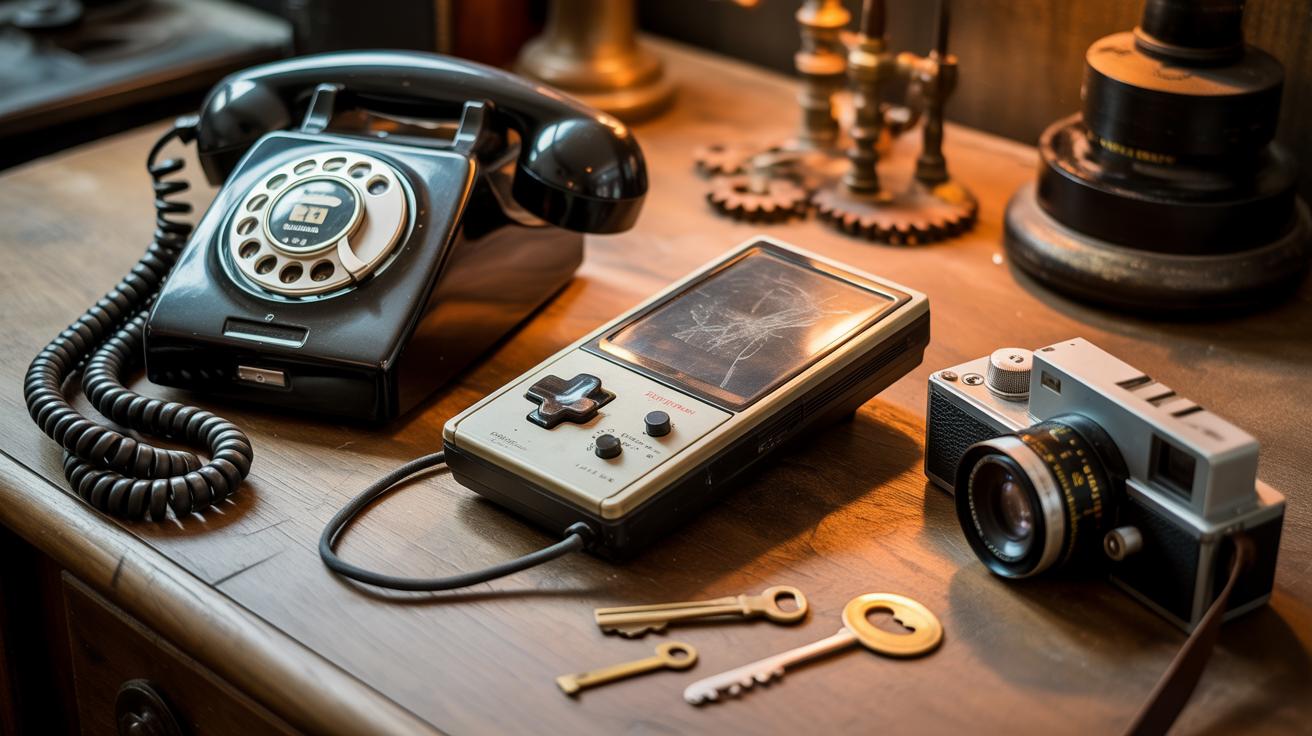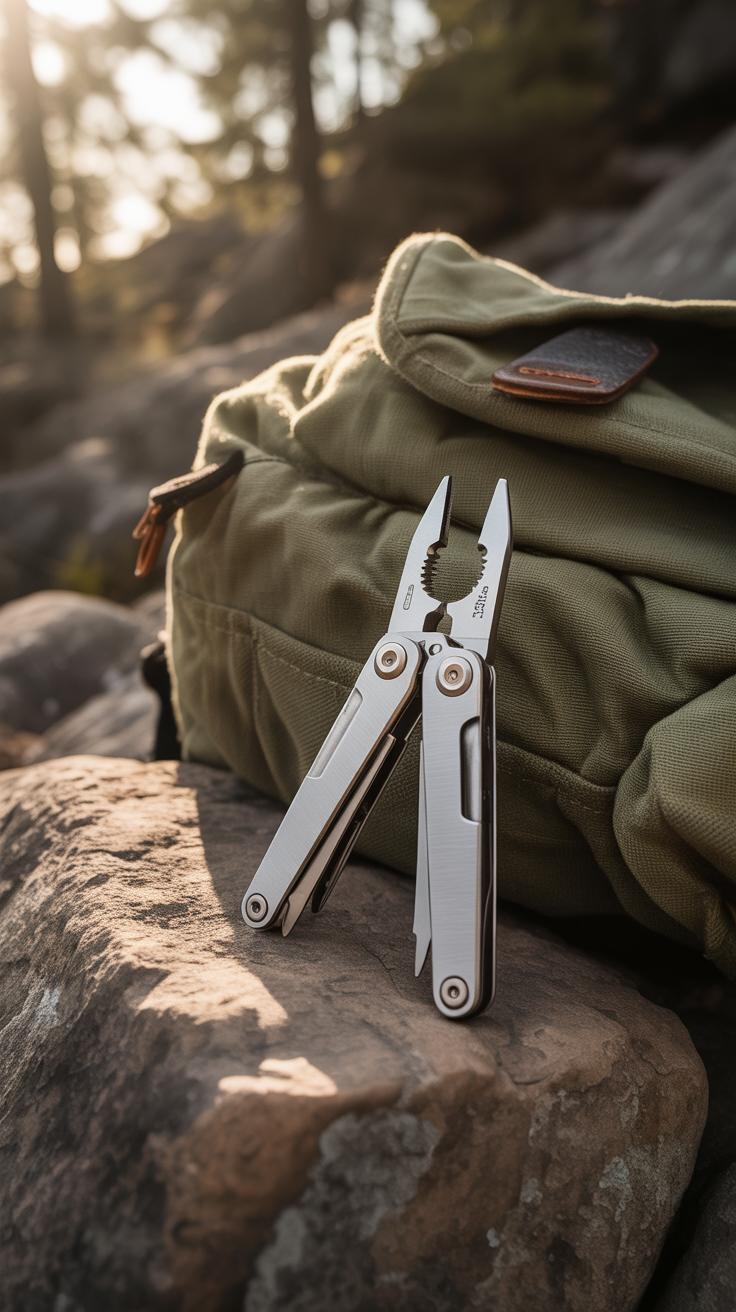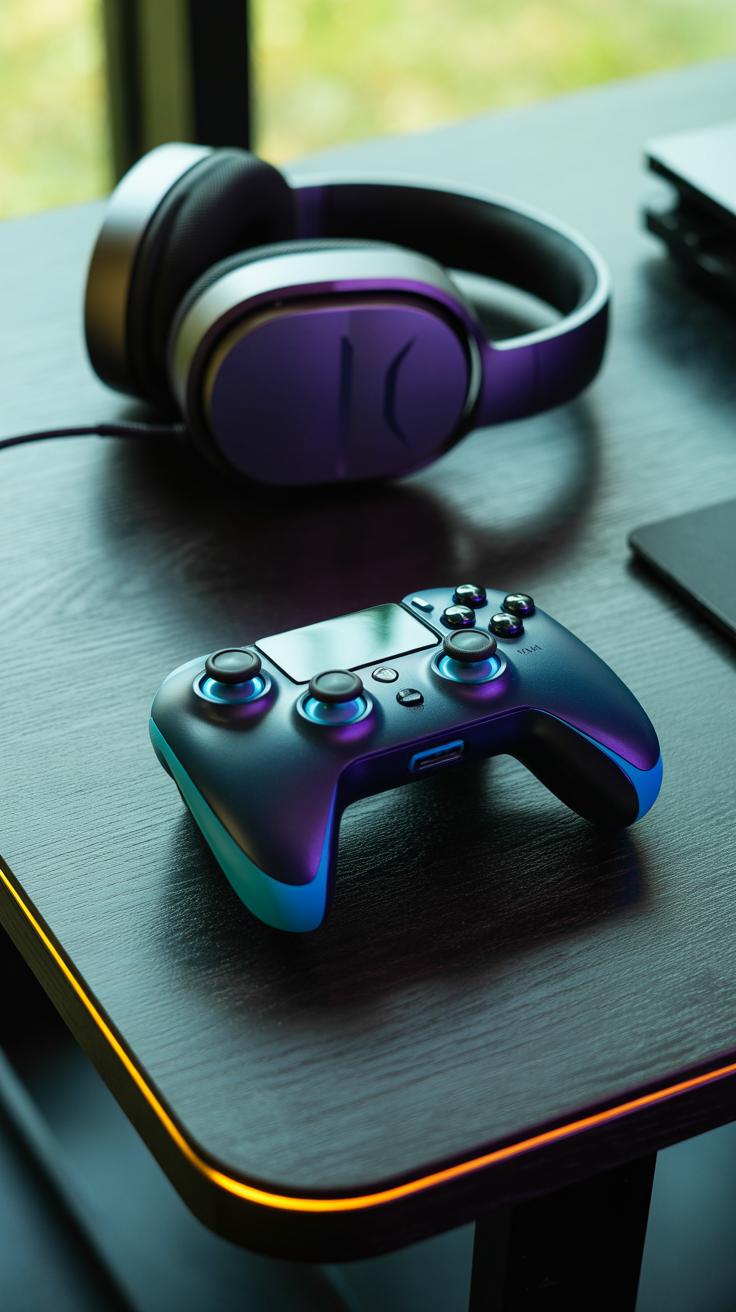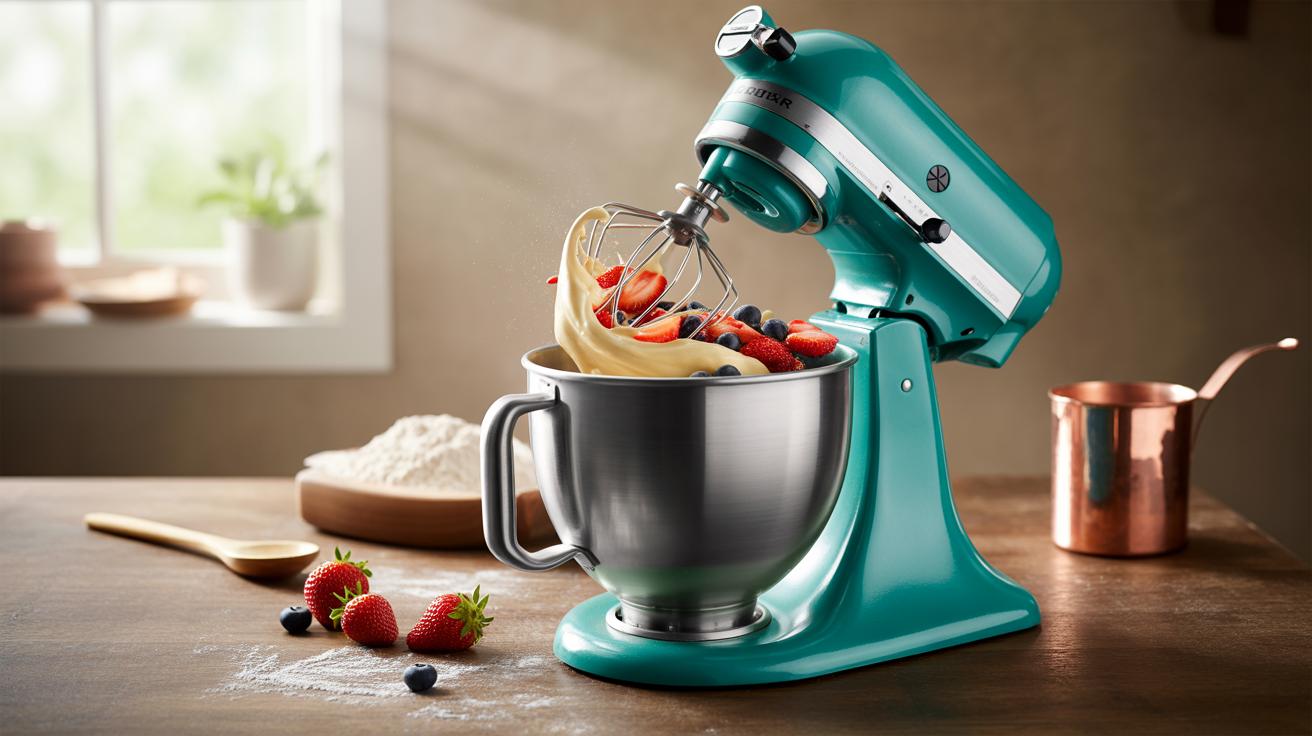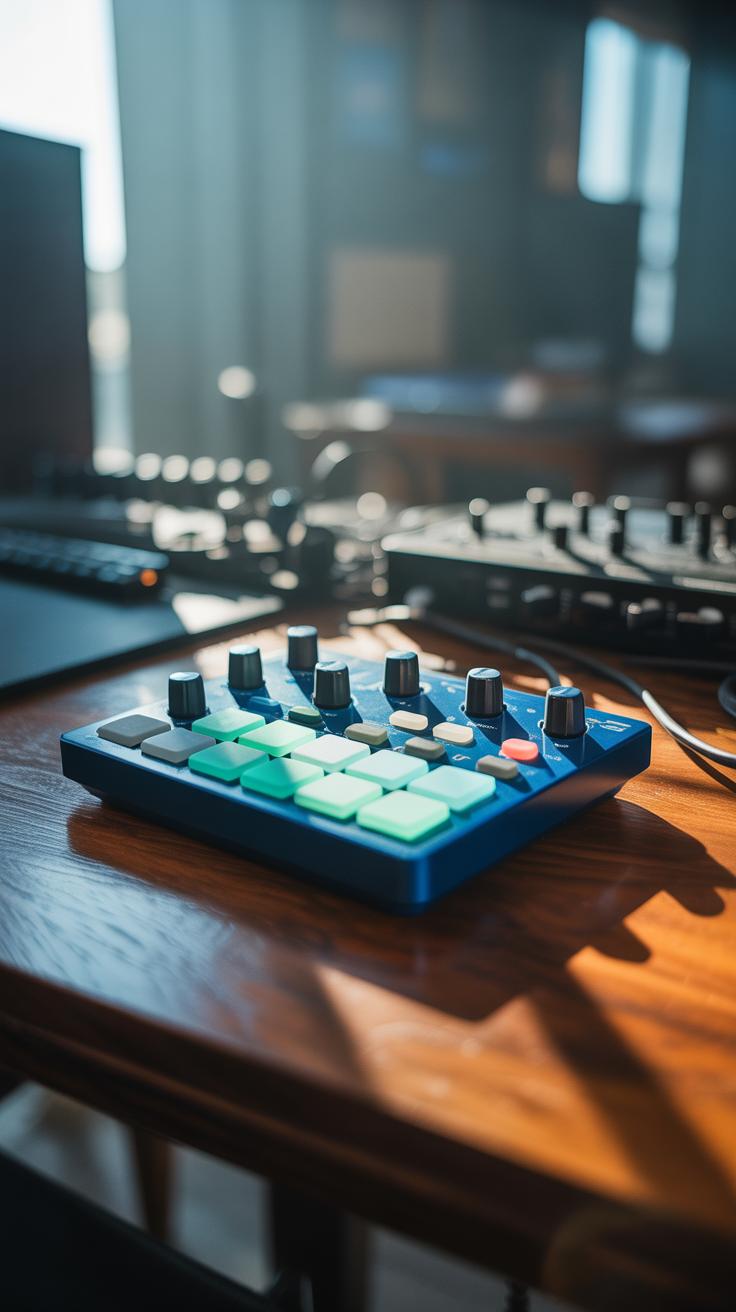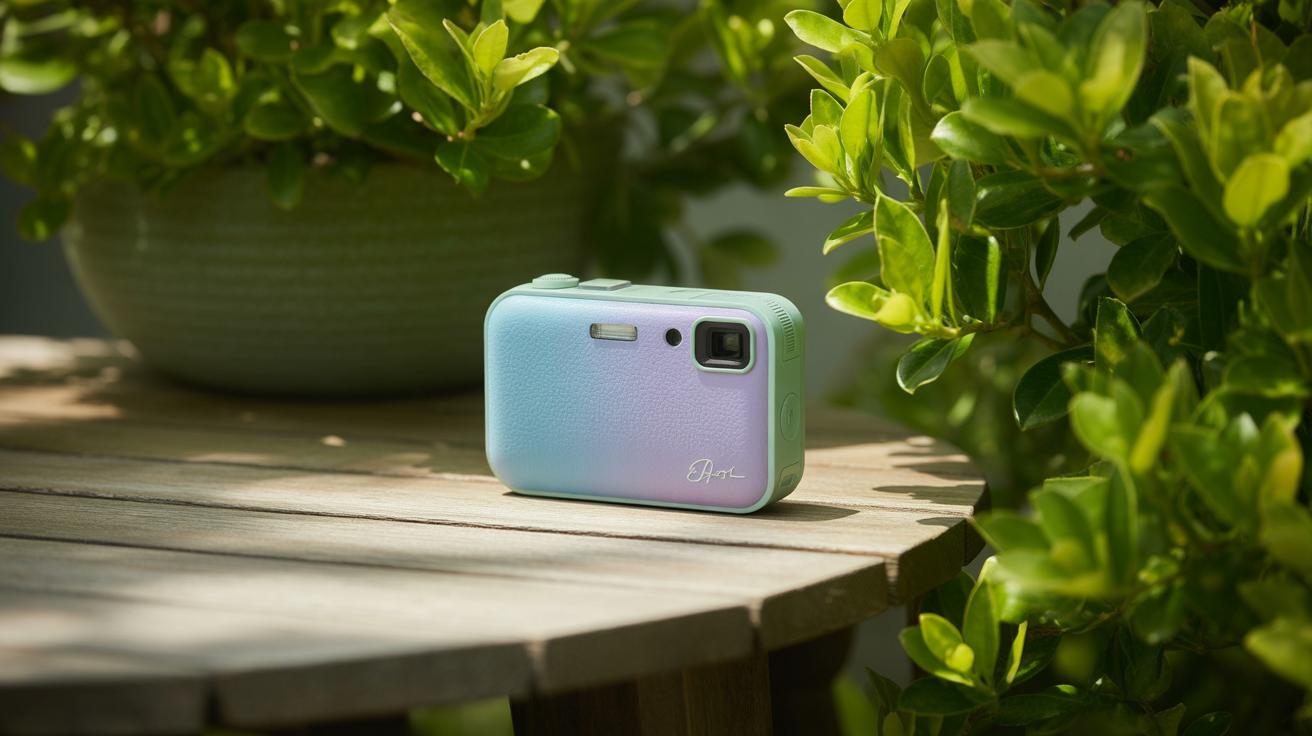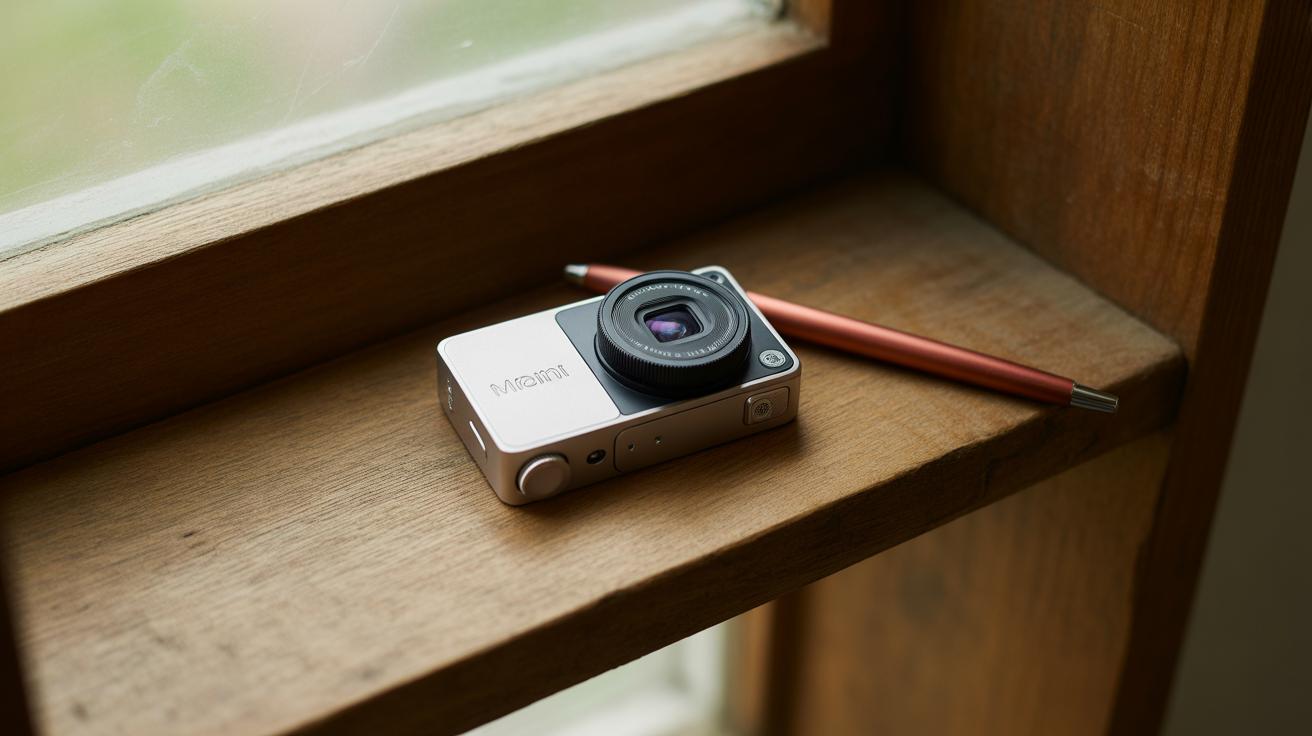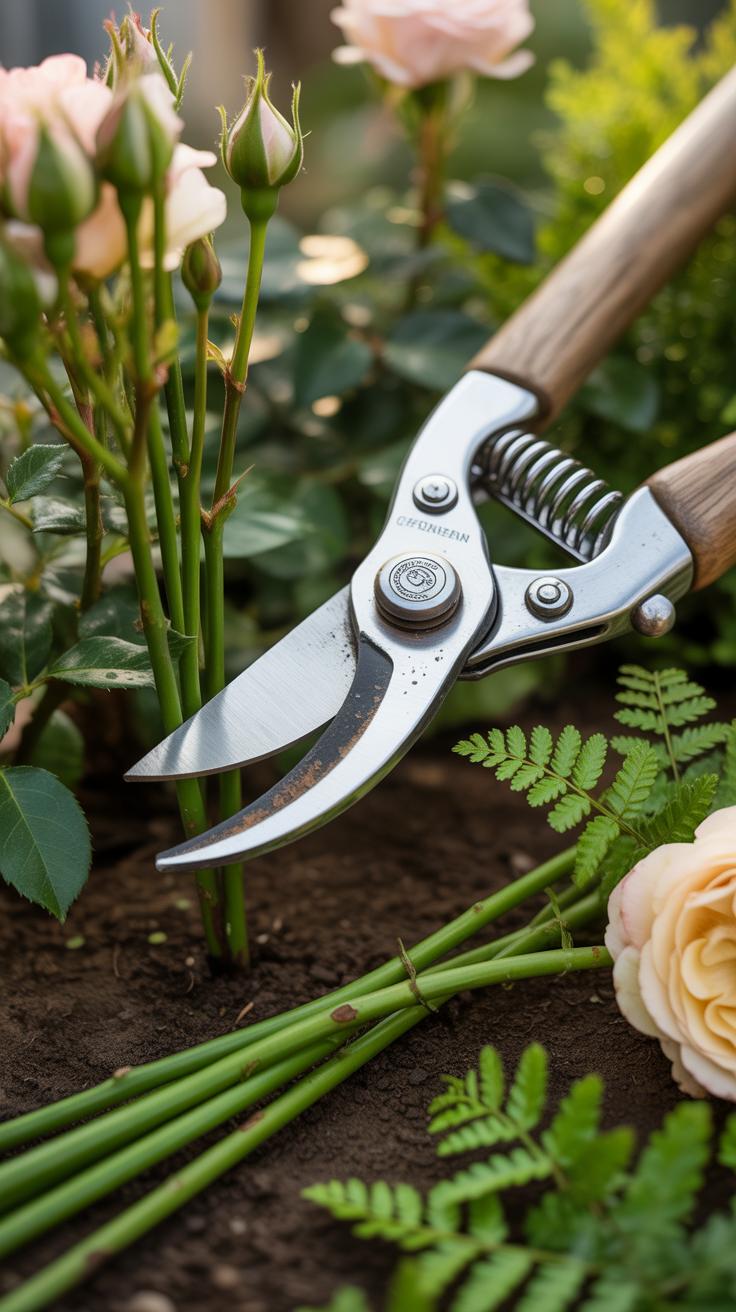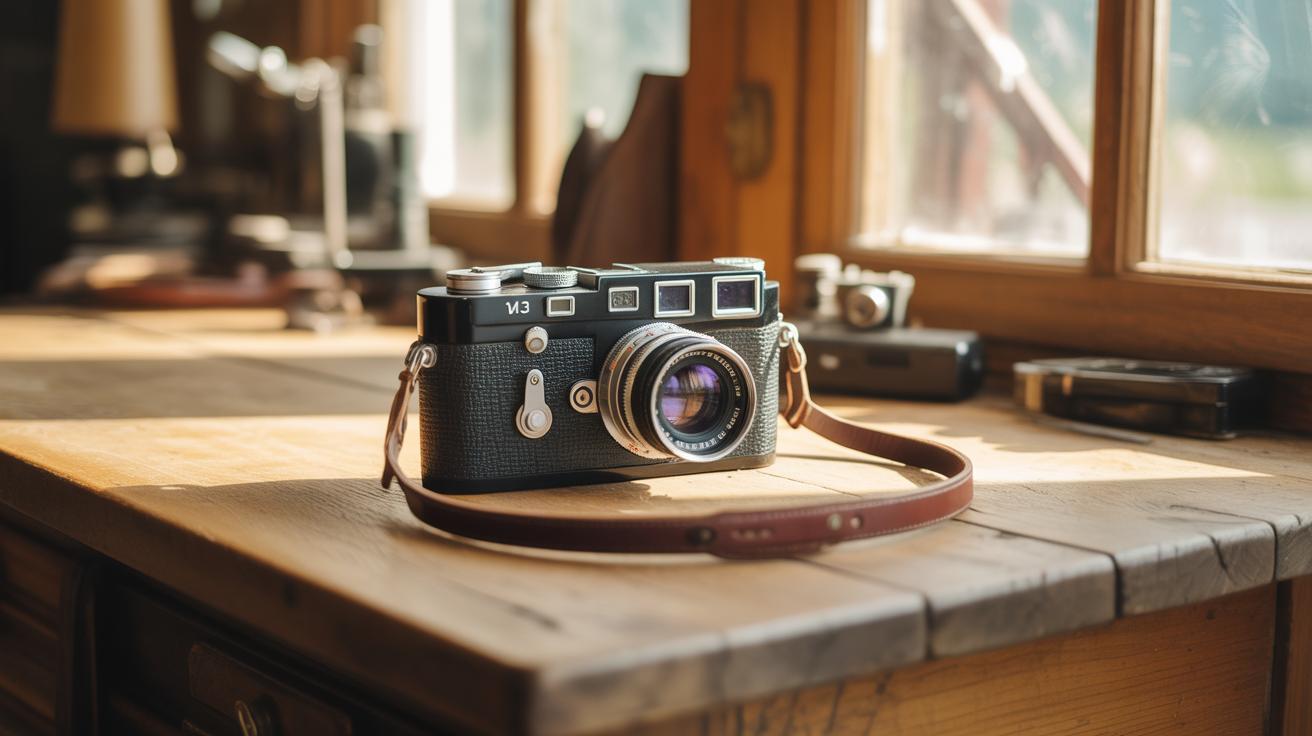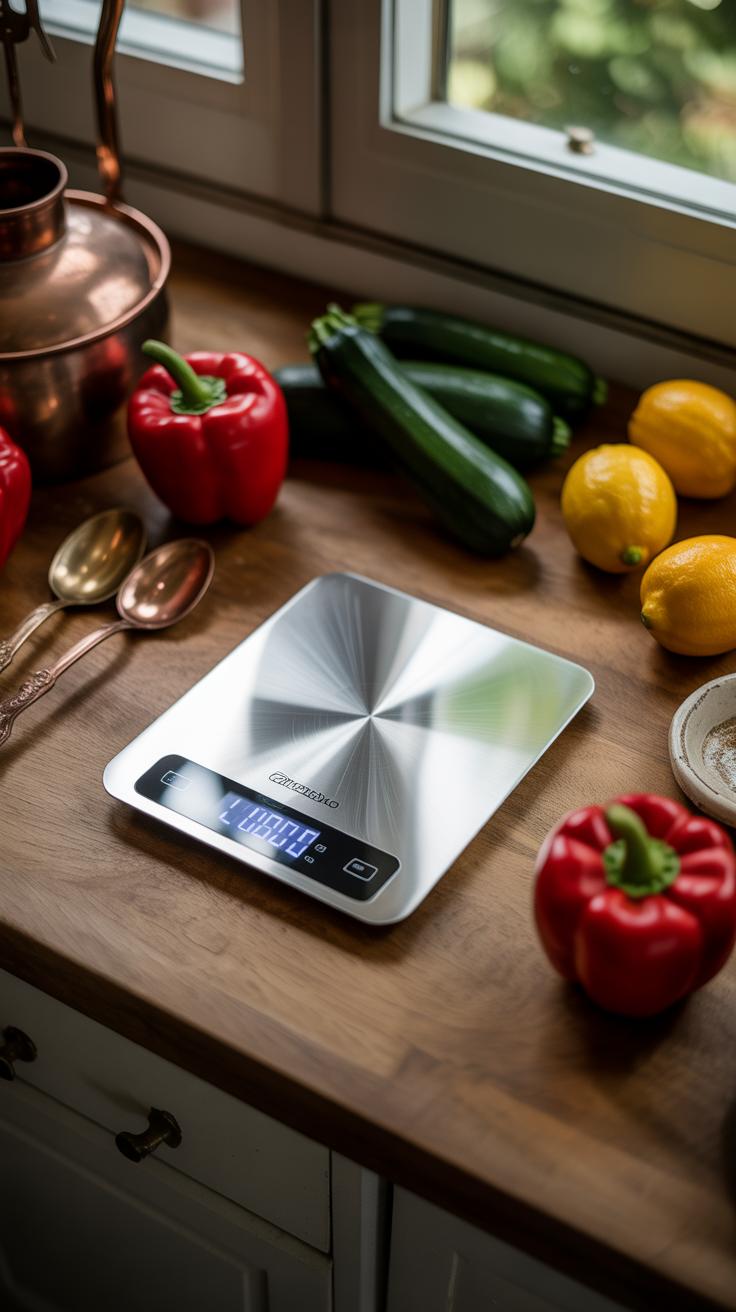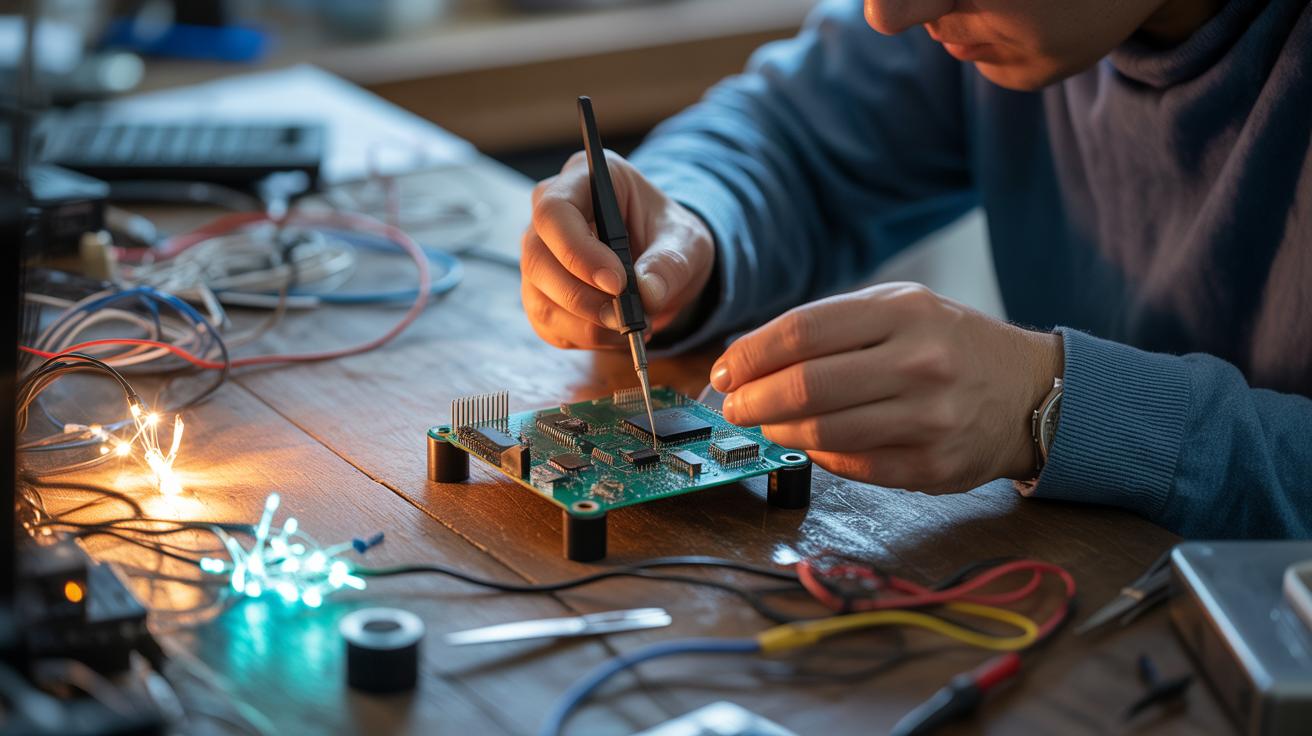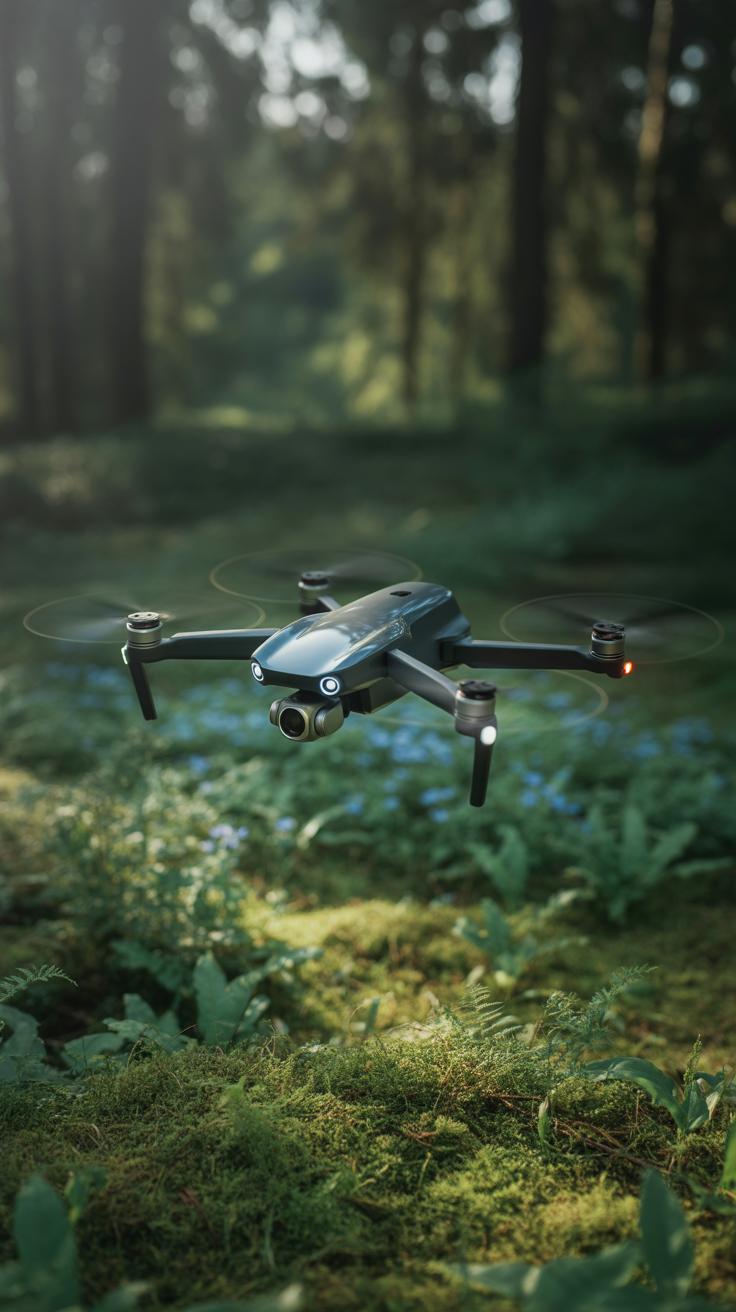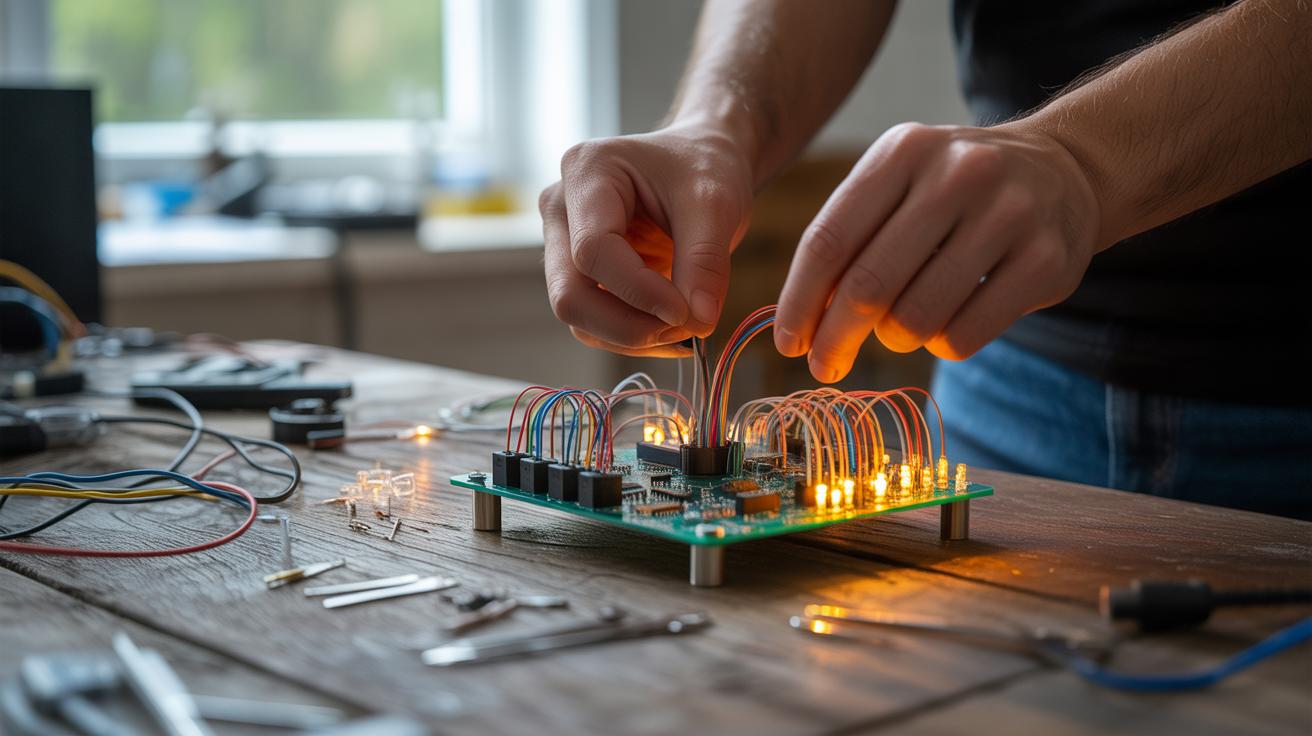Introduction
Cool gadgets can help you enjoy your hobbies more. They make many tasks easier and open up new ways to have fun. Whether you like crafting, photography, or outdoor activities, there are gadgets designed to improve your experience.
This article will explore many cool gadgets that fit different hobbies. You will find practical ideas to make your hobbies more fun and simple. Learn how the right gadget can change the way you enjoy your favorite activities.
Crafting Gadgets
If you spend time sewing, knitting, or building models, you probably know how little things can slow you down. That’s where crafting gadgets come in. They’re designed to help you work faster and with more precision, which often makes the whole process more enjoyable—or at least less frustrating. Sometimes, these tools seem almost too simple to matter, but they sneakily save you a lot of time and keep your work neat.
Tools for Sewing
Sewing gadgets like automatic thread cutters are a big help because they remove the hassle of using scissors every time you finish a stitch. You just press a button or slide something, and the thread is cut cleanly. It sounds minor, but it keeps your hands free and your focus sharp.
Measuring tools also deserve a shout-out. There are tape measures with magnetic tips, which stick to metal sewing machines or pins, helping you take quick measurements without juggling multiple items. Some rulers are made to bend easily around fabric curves, improving accuracy when you mark hems or seam allowances. If you’re anything like me, sometimes a crooked hem happens not because you’re bad at sewing but because the tools didn’t quite make it easy.
Knitting Helpers
Knitting can get confusing when you lose track of your rows or the number of stitches, especially on bigger projects. That’s why row counters and stitch markers have become something I rely on more than I thought I would. They take guesswork out, so you’re less likely to rip out rows over a missed count.
Some knitters now use smart counters—tiny devices that clip onto needles and automatically keep track. At first, it feels like overkill, maybe. Yet these gadgets can turn frustrating evenings chasing mistakes into smoother, more satisfying sessions. Even the simple plastic stitch markers that open and close help separate sections and patterns, speeding up your progress without breaking concentration.
All these gadgets don’t just save time; they help you avoid mistakes that might otherwise mean hours of fixing work. Plus, they make crafting feel less like a chore, which is sort of the point, right?
Photography Gadgets
Stabilizers and Tripods
When you’re trying to get a sharp photo, keeping your camera steady matters more than you might think. Tripods and stabilizers are your go-to gadgets here. They hold the camera still, preventing those small shakes that blur your shots, especially in low light or when zooming in close. I’ve noticed that even the best handheld grip can’t beat a solid tripod. Some stabilizers come with gimbals, which allow smooth movement—great for video or capturing motion without the wobble.
Sure, carrying a tripod feels bulky sometimes, but the difference shows up in your images. Try shooting at night or using slow shutter speeds without one, and you’ll see why it matters. Honestly, investing in a decent tripod paid off way faster than I expected.
Lighting Gear
Good lighting can make or break a photo. Portable LED lights and reflectors let you tweak lighting conditions on the spot. I find it surprising how a little bounce card or a small, adjustable light can add depth and reduce harsh shadows. These tools are handy when natural light doesn’t cooperate or when you want to highlight details.
Reflectors come in various sizes and colors—white for soft light, silver for strong reflections, even gold for warmth. It’s worth experimenting to see what suits your style or subject. Portable lights often have adjustable brightness and color temperature. That flexibility can really change how your photos turn out. Even though it’s a bit more gear to carry, the lighting control feels worth it, especially when you want consistent results.
Outdoor Adventure Gadgets
GPS Devices
You know how easy it is to get turned around in unfamiliar terrain. GPS gadgets can really ease that worry. These devices don’t just point you north; they help you track your route, mark key waypoints, and sometimes even share your location with friends or family. This means if you’re hiking a new trail or fishing in a remote spot, you have a digital breadcrumb trail to follow back. Some models come with topographic maps, which can be surprisingly helpful when cell service is spotty. I’ve found myself relying on one of these gadgets more than once when I thought I knew the way but wasn’t so sure after all. It’s almost like a safety net for your adventures, though you might wonder if it makes navigation feel too mechanical sometimes.
Portable Tools
There’s something about carrying a multitool that’s both practical and reassuring. These compact devices pack knives, screwdrivers, pliers, and more into a small package, perfect for unexpected fixes or camp setup. You might think that carrying one would be cumbersome, but many are surprisingly lightweight and just slip into your pocket or backpack. Beyond multitools, weather-resistant gadgets are becoming more common — think flashlights that don’t quit in a downpour or portable chargers that keep working even after a splash. I remember a weekend camping trip where a water-resistant lighter was the hero of the evening, especially when the wind was relentless. These tools don’t just save time, they sometimes save a day’s worth of frustration when things don’t go exactly as planned.
Gaming Accessories
Controllers and Keyboards
You might not think much about controllers until you try playing with one that feels just right. Special controllers, like ergonomic gamepads or customizable pro controllers, can really change how you play. Take semi-mechanical buttons—they provide quicker response times, which can make a difference, especially in fast-paced games. I remember switching from a standard controller to one with adjustable thumbsticks and it took my accuracy up a notch.
Then there are keyboards tailored for gaming. They often have mechanical keys designed to register multiple simultaneous presses without ghosting. That practically means you won’t miss a command during intense moments. Backlighting isn’t just for looks either; it helps when your room’s dark, so you don’t fumble around. Plus, some keyboards let you program macros, which can streamline complex in-game actions—though sometimes setting them up feels a bit fiddly.
Tabletop Tools
If you’re a tabletop gamer, gadgets can make dice rolls less chaotic. Electronic dice rollers, for example, speed up gameplay and reduce disputes about results. Some even come with different dice sets preloaded. That said, some players prefer the tactile feel of real dice—there might be no perfect solution here. Organizers are another handy gadget. They keep your tokens, cards, and figures in place, cutting down the time spent hunting for pieces. Honestly, it’s a small improvement, but when you’ve spent hours setting up a game, it feels worthwhile.
There are also apps and smart devices designed to assist with rule tracking or initiative order, though they don’t replace the social element completely. They can make sessions smoother but sometimes add a layer of tech that feels a bit much for casual play. Still, if you often host game nights, these tools might be just what you didn’t know you needed.
Music Making Gadgets
Recording Equipment
If you’re just starting out in music, finding simple recording gear can be a bit confusing. Luckily, there are microphones and mixers designed for beginners that don’t require a bunch of technical know-how. For example, USB microphones plug directly into your computer, so you don’t need extra interfaces or cables. They often come with basic software to get you recording right away. I tried one once, and while it wasn’t perfect, it caught my voice clearly enough for practice sessions or demo tracks.
Mixers aimed at beginners tend to keep things straightforward—fewer knobs and inputs, but enough to play around with volume levels and simple effects. Some include headphone outputs for quiet monitoring during your sessions. You might wonder if buying this gear early on is necessary, but having even a basic setup encourages recording ideas before they slip away.
Instrument Tools
Tuning devices remain some of the most helpful tools for any musician, even if you’ve been playing for years. Clip-on tuners that attach to your instrument sense vibrations directly, making tuning faster and more precise than you’d expect. I’ve found them really handy when practicing in noisy environments—you don’t get distracted by outside sounds.
Practice tools, like metronomes or apps that combine tuning and rhythm training, can quietly push your skills forward. Some metronomes now let you program complex rhythms or change tempo gradually, which might sound excessive at first but actually keeps practice sessions more interesting. Do you think they remind you too much of school drills? Maybe, but they work.
Fitness Trackers
Wearable Trackers
Fitness bands and smartwatches have become almost essential for anyone trying to monitor their daily activity. These devices count steps, track distance, and often estimate calories burned. Yet, what makes them stick around on wrists isn’t just the numbers; it’s the little nudges they send. Alerts reminding you to move or congratulate you when hitting goals—those can actually push someone to get off the couch.
Smartwatches often go beyond counting steps, measuring heart rate, sleep quality, and sometimes even blood oxygen. But that data isn’t only for tracking progress—sometimes it sparks questions like, “Did I really sleep that poorly last night?” or “Why did my heart rate spike during that walk?” They don’t give all the answers but they make you more aware, maybe even curious about your own health.
Exercise Gadgets
Then there are gadgets built to support specific workouts. Take smart jump ropes: they tally jumps, track speed, and even suggest workouts based on your performance. It’s a bit like having a coach in your pocket but without the intimidating whistle. Having real-time feedback can make an old-school exercise feel fresh and challenge you to do better.
Heart rate monitors are another staple. Some come as chest straps, others integrated into that same smartwatch you wear. They provide a clearer picture of workout intensity than just guessing. When aiming for fat burn or cardio zones, these gadgets help you stay in the right spot—not too easy, not too hard. Though sometimes, it feels like focusing on numbers interrupts the natural rhythm of exercising, too.
You might find it tricky to decide which gadget really suits your style. But once a gadget helps you see small improvements or keeps you accountable, it’s hard to go back to doing exercises completely blindly. Have you tried one yet? Maybe now’s the time.
Gardening Tools
Watering Gadgets
Managing water in your garden can feel like a full-time job sometimes. But tools like automatic watering systems take some of that load off your shoulders. You set timers or moisture thresholds, and the system waters your plants when needed—no guesswork, no rushing home to turn on sprinklers. I’ve tried a simple drip irrigation setup with a timer, and honestly, it saved me from watering every single evening after work.
Moisture sensors go a step further, measuring the soil’s dampness and only triggering water when it’s dry enough. These make sense if your schedule is all over the place or if you tend to overwater without realizing. Though sometimes it feels like the sensors can be a bit too sensitive; I caught one going off after a light rain—a little too cautious, maybe?
Plant Care Tech
Gardening isn’t just about watering, right? Keeping soil and sunlight in check matters, too. Devices that monitor soil pH levels, nutrient content, and sunlight exposure help you tune into what your plants really need. I got one of these soil testers last spring, and it was eye-opening. Some parts of my garden were far more acidic than I thought, which explained why my tomatoes struggled.
There are also smart meters that track sunlight hours, handy if your garden has shaded spots you might overlook. Pairing these with your watering gadgets can lead to healthier plants, though sometimes it feels like too much data. Do we always need to know this much? Still, for those who want a more hands-on way without the guesswork, these are worth exploring.
Cooking Helpers
Smart Kitchen Tools
Smart thermometers and timers can change how you cook. Have you ever ruined a roast by guessing if it’s done? These gadgets take away that guesswork. You simply clip a smart thermometer to your meat, and it sends temperature updates to your phone. Some even alert you the moment it hits your preferred doneness. It’s almost like having a sous-chef with you, making sure you don’t overcook—or undercook—that meal.
Timers these days do more than count down. They connect to apps that guide you through recipes step-by-step, adjusting times for your oven or stove. This feature is handy, especially if you’re juggling many parts of a dish or trying a complex recipe for the first time. You might feel like you’re following a cooking coach without the pressure.
Prep Gadgets
Chopping and mixing usually take a chunk of cooking time. Prep gadgets aim to trim that down. For example, cutting boards with measurements or built-in guides help you slice more evenly, which actually affects cooking times. It sounds minor, but it matters when a recipe depends on consistent sizes.
Choppers come in all shapes—manual or electric—and they cut ingredients quickly. Sometimes I’m skeptical about the mess these tools might make, yet most do a neat job and free your hands. Mixers, whether handheld or stand models, also save time. The difference between whipping cream by hand and using a mixer is like night and day if you’ve got a deadline for dinner.
These gadgets don’t erase the experience of cooking, but they do make it less stressful and sometimes more fun. Maybe you don’t need every single tool, but having a few smart helpers around can shift your whole kitchen routine.
Tech for Learning
E-Readers
E-readers have reshaped how many of us approach reading. You can carry hundreds, sometimes thousands, of books in a device that fits in your hand. That means you don’t need to decide which book to bring—you bring them all, or at least your favorites. The screens are designed to mimic paper, reducing eye strain compared to tablets or phones. I’ve noticed it’s easier to read for longer sessions, especially in bright sunlight. Features like adjustable font sizes, built-in dictionaries, and note-taking options make the experience more interactive without distractions from apps or notifications. Still, some folks miss the tactile feel of a real book. But for study or just browsing through lots of material, e-readers make endless scrolling and searching much easier.
Writing Tools
When it comes to writing and note-taking, gadgets like digital pens and tablets offer quite a bit. These tools let you write naturally, almost like pen on paper, but with the bonus of instantly organizing your notes, tagging, and even syncing across devices. I’ve tried digital pens paired with notebooks that digitize your handwriting; they help keep things tidy without losing that handwritten vibe. Tablets with stylus support give you options too—you can sketch, jot, edit, and rearrange ideas without starting fresh each time. For people who study or write a lot, these tools can cut down on clutter and make revisiting information easier. Though sometimes, the tech can feel distracting if you spend more time tweaking settings than actually writing. Still, they’re worth trying if you’re juggling multiple streams of notes or drafts.
Conclusions
Cool gadgets enhance your hobbies by saving time and improving results. They let you focus on what you love and give new ways to enjoy activities. Using gadgets wisely means picking the right tool for your hobby’s needs.
Finding and using the right gadget can make your hobby easier and more exciting. Keep exploring new gadgets to keep your hobbies fresh and fun. You can enjoy your hobbies more every day with simple tools that fit your life.

